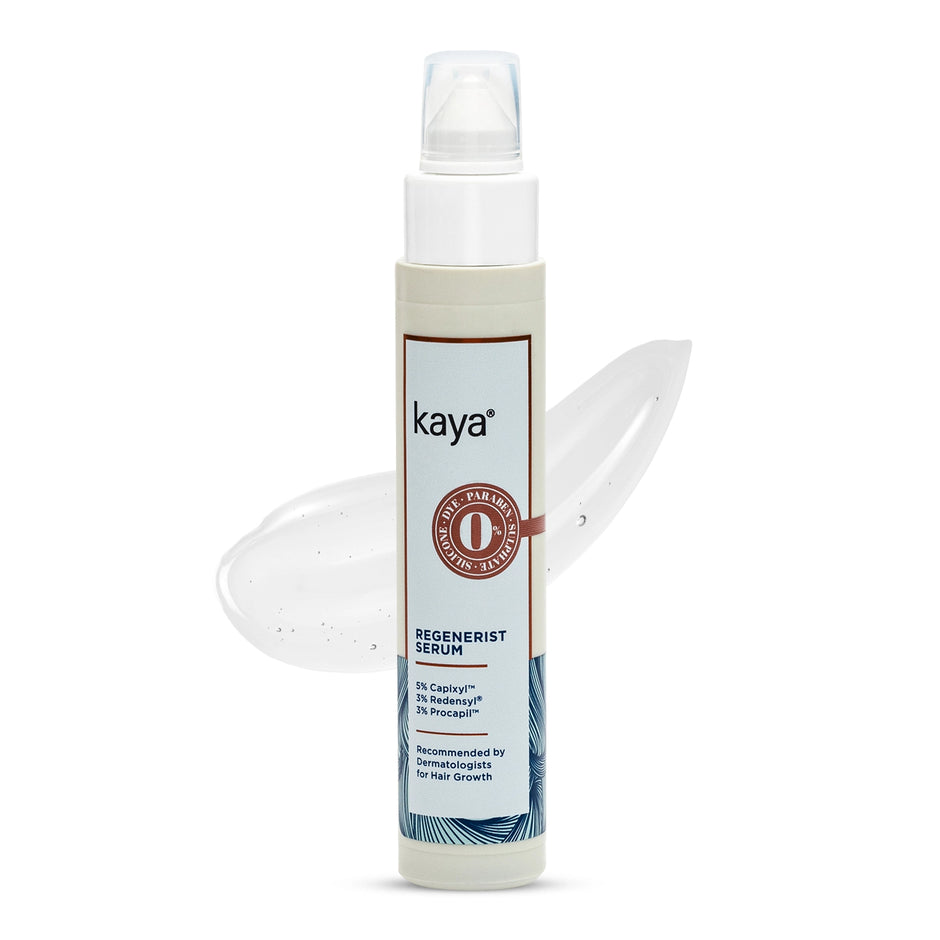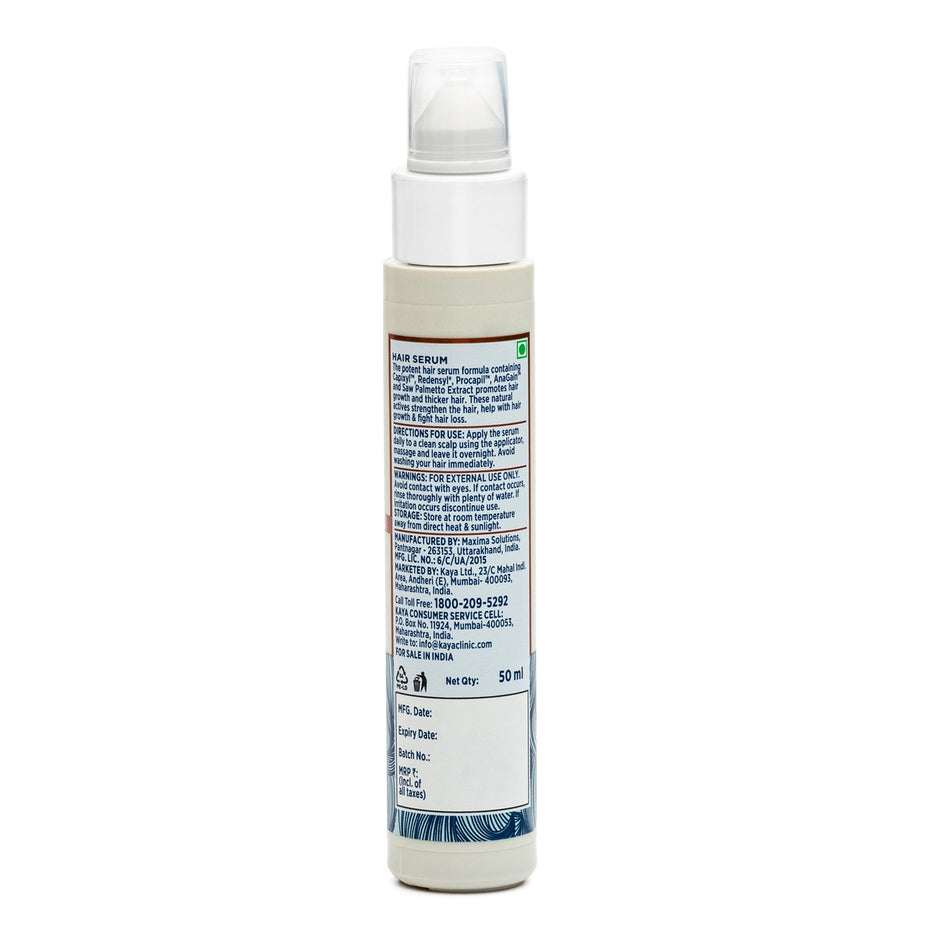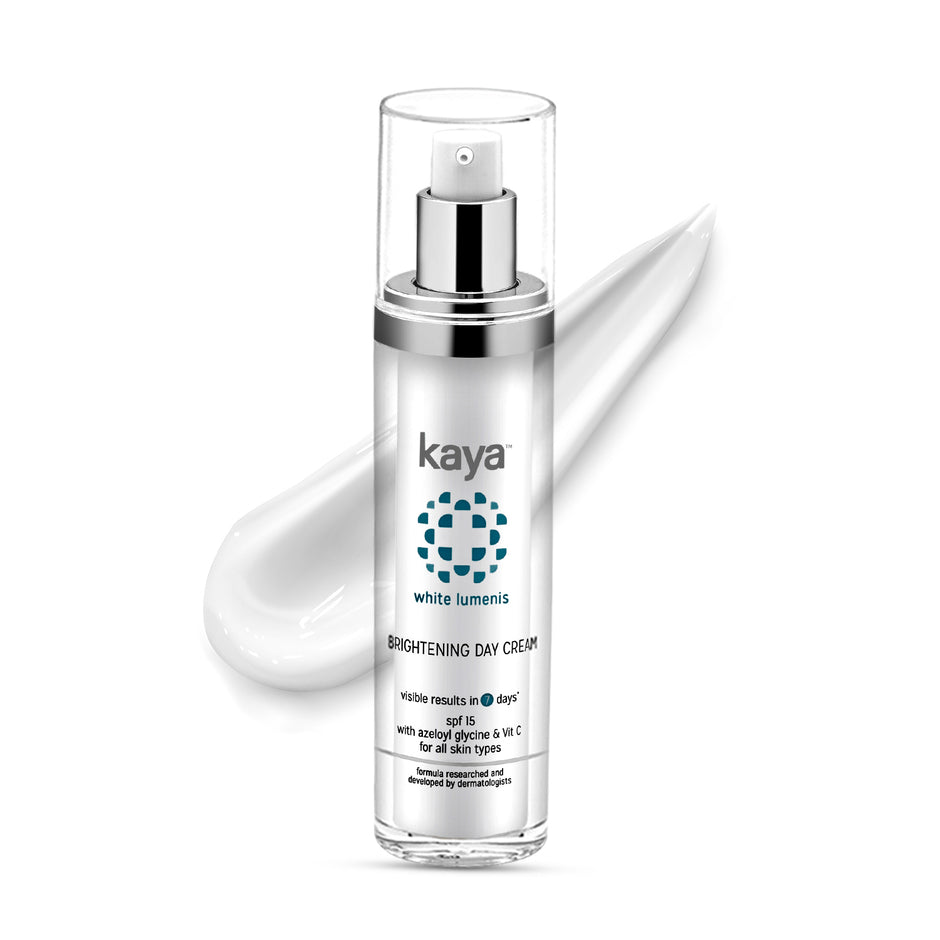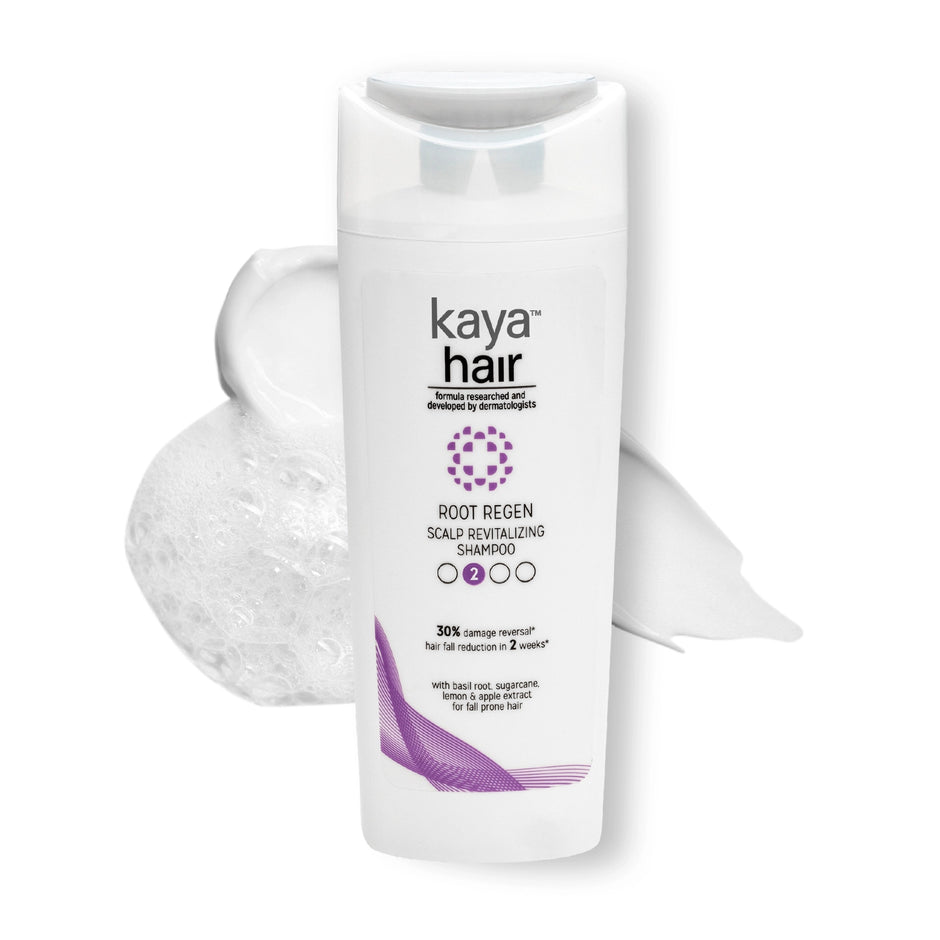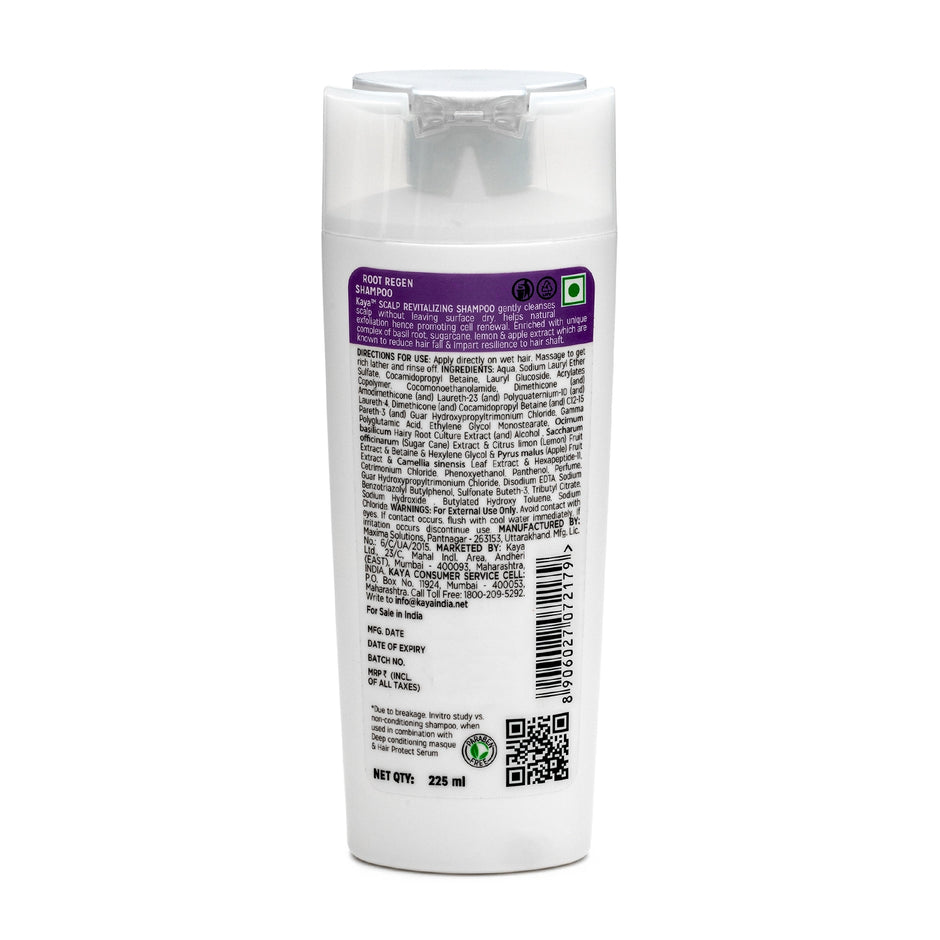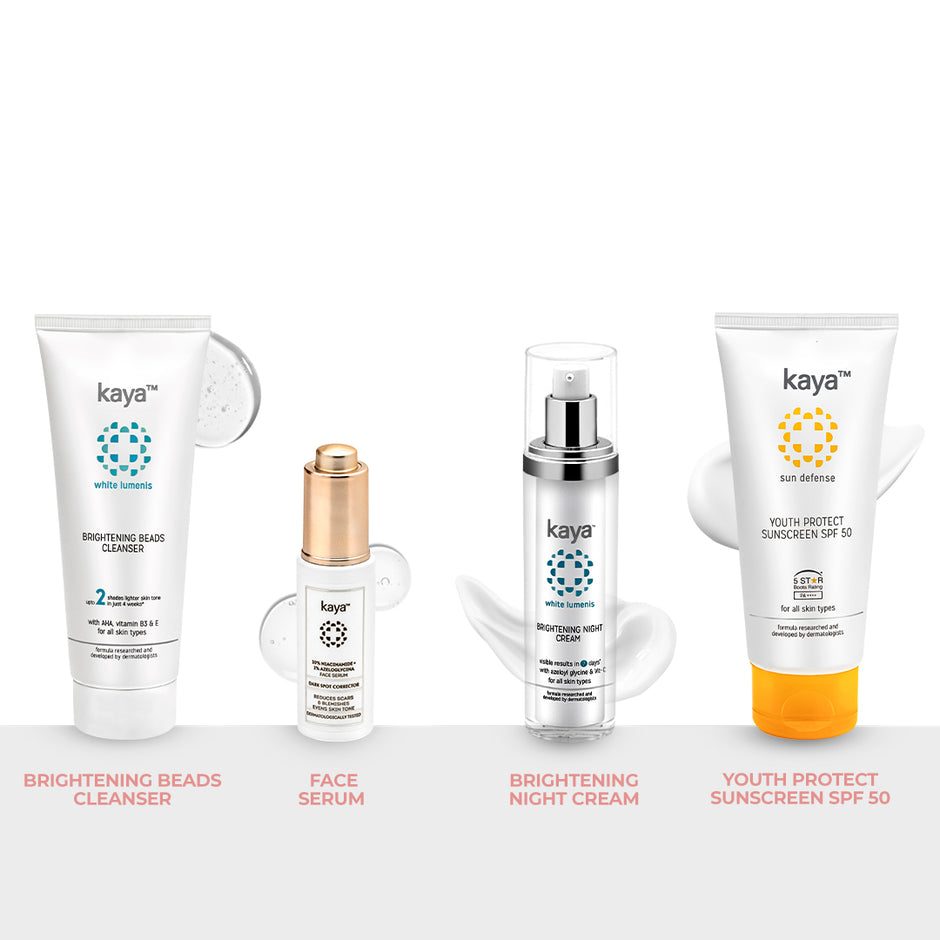What Are Face Serums?
Face serums are lightweight, fast-absorbing skincare products packed with high concentrations of active ingredients. Unlike heavy creams, they penetrate deep into the skin, delivering targeted solutions for concerns like hydration, brightening, anti-aging, and acne control.
By incorporating a serum into your routine, you boost skin health, enhance hydration, and achieve visible results faster than with traditional skincare alone.
Why Are Face Serums Essential in Your Skincare Routine?
Face serums are more than just a trend—they’re a skincare essential. Packed with high concentrations of active ingredients, they work deep within the skin to deliver visible results. Here’s why you need one in your routine:
ü Deeply hydrates without feeling heavy
ü Boosts collagen production for firmer, youthful skin
ü Reduces dark spots and pigmentation for a more even tone
ü Controls excess oil and breakouts with targeted ingredients
ü Enhances the effectiveness of your moisturizer and sunscreen
Choose a face serum that matches your skin concerns and layer it correctly with other products for maximum benefits.
How to Layer Face Serums for Maximum Effect
Layering face serums correctly is essential to maximize their benefits and ensure your skin receives the active ingredients effectively.
Here's a comprehensive guide to help you navigate this process:
1. Start with a Clean Slate
Begin by thoroughly cleansing your face, followed by a toner to balance your skin’s pH. This step removes dirt, oil, and leftover makeup and ensures that subsequent products can penetrate the skin more effectively.
2. Apply Serums from Thinnest to Thickest
The general rule is to apply skincare products based on their consistency, starting from the lightest to the heaviest. This approach allows thinner serums to penetrate deeply without being blocked by heavier products.
-
Water-Based Serums: These are typically lighter and should be applied first. For example, a hyaluronic acid serum provides hydration and has a watery consistency.
-
Oil-Based or Thicker Serums: After the lighter serums have absorbed, apply oil-based or more viscous serums. These can help lock in moisture and provide additional nutrients.
If you're layering serums with similar consistencies, apply the one targeting your primary skin concern first. For instance, if targeting hyperpigmentation is your main goal, apply a vitamin C serum before others.
3. Allow Time Between Layers
After applying each serum, give it time to absorb fully before proceeding to the next. This pause ensures that each product penetrates effectively without interference.
4. Limit the Number of Serums
While it might be tempting to use multiple serums simultaneously, it's advisable to limit yourself to 1-2 serums per routine. Overloading your skin can lead to irritation and diminish the effectiveness of each product.
5. Follow with Moisturizer and Sunscreen
Once your serums have been applied and absorbed, seal in their benefits with a suitable moisturizer. In the morning, always finish your routine with a broad-spectrum sunscreen to protect your skin from harmful UV rays.
6. Be Mindful of Ingredient Combinations
Some active ingredients can complement each other, while others might cause irritation when used together. For example, combining vitamin C and niacinamide was once thought to be problematic, but recent studies have shown they can be used together effectively. However, it's essential to introduce new combinations gradually and monitor your skin's response.
*Always patch-test new products before use.
Using Face Serums: Day and Night Routine
Your skincare needs differ between day and night, and so should your serum routine. Here’s how to get the most out of your serums at the right time.
Morning Routine
Your AM routine should focus on hydration, antioxidant protection, and sun defence.
Step 1: Cleanse with a gentle face wash.
Step 2: Apply a hydrating serum (e.g., hyaluronic acid) to keep skin plump.
Step 3: Follow with an antioxidant serum (e.g., vitamin C) to combat free radicals and boost glow.
Step 4: Lock in moisture with a lightweight moisturizer.
Step 5: Finish with a broad-spectrum sunscreen (SPF 30+).
Night Routine
Your nighttime routine should focus on repair, renewal, and deep nourishment.
Step 1: Double cleanse to remove makeup, SPF, and dirt.
Step 2: Apply a treatment serum based on your concerns:
· Retinol or peptides → Anti-aging & cell renewal
· Niacinamide or azelaic acid → Acne control & barrier repair
· Exfoliating serums (AHAs/BHAs) → Gentle resurfacing (use 2-3 times a week)
Step 3: Follow with a rich moisturizer to seal in hydration.
Important Tip: Avoid using retinol and exfoliating serums together in the same routine to prevent irritation
Tips for Choosing the Best Face Serum for Your Skin Type
Choosing the right face serum ensures your skin gets the nutrients it needs to stay healthy, balanced, and radiant. Kaya Science offers science-backed formulations with powerful active ingredients.
Here’s how to choose the best face serum based on your skin type:
1. Dry Skin
Dry skin needs extra moisture and barrier support to prevent tightness and flakiness. Hyaluronic acid draws in moisture, while ceramides and squalane help strengthen the skin’s protective layer.
2. Oily and Acne-Prone Skin
To manage excess oil and breakouts, a niacinamide-based serum is ideal for controlling sebum production and reducing inflammation. Salicylic acid helps unclog pores, while azelaic acid works on blemishes and uneven skin tone.
3. Dull and Uneven Skin Tone
For an even, radiant complexion, Vitamin C works to brighten and reduce hyperpigmentation. Alpha arbutin and licorice extract help fade dark spots, while niacinamide supports overall skin clarity.
4. Aging Skin
Loss of elasticity and fine lines can be improved with retinol, which boosts collagen production and cell renewal. Peptides help firm the skin, while hyaluronic acid maintains moisture for a plumper look.
5. Sensitive Skin
For those prone to irritation, Glutathione is a gentle yet effective antioxidant that helps protect the skin from oxidative stress while brightening the complexion. Azelaic acid and allantoin help calm inflammation and redness, while ceramides strengthen the skin barrier.
Best Face Serums Recommended by Kaya Science
Kaya Science offers a range of dermatologist-approved serums, each formulated to address specific skin concerns. Here’s a quick guide to help you choose the best one for your needs:
Best for: Acne, inflammation, dark spots, and uneven skin tone
Key Benefits: Reduces breakouts, diminishes pigmentation, and improves skin texture
Best for: Dark spots, hyperpigmentation, and dull skin
Key Benefits: Brightens complexion and evens out skin tone
Best for: Fine lines, wrinkles, and loss of elasticity
Key Benefits: Firms skin, boosts hydration, and improves skin texture
Best for: Hyperpigmentation, dark spots, and dullness
Key Benefits: Reduces discoloration and enhances radiance
Retino Boost Serum | Anti-Ageing & Skin Renewal Face Serum
Best for: Signs of aging, uneven skin texture, and loss of firmness
Key Benefits: Stimulates collagen, smooths skin, and reduces wrinkles
Spot on Spot Gone Serum | Acne Spot Corrector Face Serum
Best for: Acne breakouts, marks, and excess oil
Key Benefits: Controls sebum, reduces inflammation, and minimizes pores
Each Kaya Science face serum is clinically formulated to deliver visible, long-lasting results. Choose the one that aligns with your skin concerns and enjoy healthier, more radiant skin every day!
Shop Now
FAQs About Face Serums
Is it beneficial to use a serum on your face every day?
Yes! Daily use helps maintain hydration, brighten skin, and address concerns like acne or aging. Choose a serum suited to your skin type and apply consistently for best results.
Can I leave serum on my face overnight?
Absolutely. Serums are designed for deep absorption and work effectively overnight. Hydrating, anti-aging, and repair serums are especially beneficial for nighttime use.
Should I apply moisturizer after using serum?
Yes, always! Serums deliver active ingredients, but a moisturizer locks in hydration and prevents moisture loss. This step ensures maximum benefits from your serum.
Is it okay to skip serum in my skincare routine?
While not mandatory, skipping serum means missing out on targeted skin benefits. If you want faster, visible improvements in hydration, brightness, or anti-aging, a serum is a must-have.














